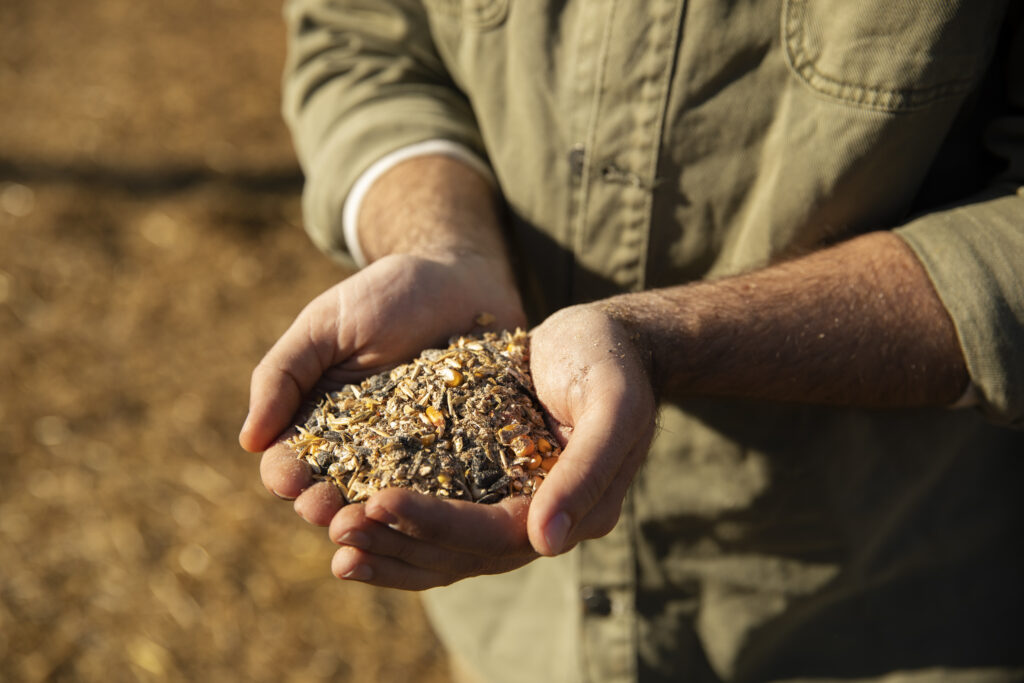
Bromatological analyses are a set of laboratory procedures used to determine the chemical composition of food, and within the context of animal nutrition, they are essential for assessing the quality and nutritional value of feed and food supplied to animals. These analyses help nutritionists formulate suitable diets to meet the needs of production animals such as cattle, pigs, poultry, and others.
Here are some of the bromatological analyses commonly applied to animal nutrition:

1. Proximate Analysis: This analysis determines the levels of moisture, crude protein, ether extract (fat), crude fiber, and ash in the food. These components are fundamental for calculating the energy value and digestibility of the food.
2. Neutral Detergent Fiber (NDF) and Acid Detergent Fiber (ADF) Analysis: NDF and ADF are used to assess the amount of fiber present in the food. This is important because fiber influences nutrient digestibility.
3. Carbohydrate Analysis: This analysis may include determining total carbohydrates, sugars, and starch, depending on the specific needs of the animals.

4. Vitamins and Minerals Analysis: Determining the levels of vitamins and minerals is crucial to ensure that diets meet the animals’ nutritional needs.
5. Amino Acid Analysis: Amino acids are the building blocks of proteins, and amino acid analysis is essential for assessing the quality of proteins in the food.
6. Mycotoxin Analysis: Mycotoxins are toxic compounds produced by fungi that can contaminate food. This analysis is important to ensure that food does not contain harmful levels of mycotoxins.

7. Contaminants Analysis: This involves checking for pesticide residues, heavy metals, and other undesirable substances in food that may affect animal health.
8. Metabolizable Energy Analysis: Determines the amount of energy the food will provide to the animals after digestion.
These analyses help nutritionists adjust diet formulations to ensure that animals receive the necessary nutrients to grow, reproduce, and maintain health. Additionally, they allow the detection of any contaminations or unwanted components that may negatively affect animal health.